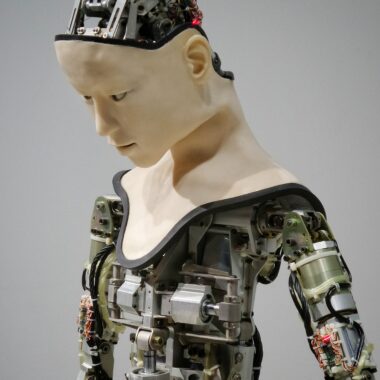| MPEP 2129 Admissions as Prior Art [R-6] |
|
Applicant admitted prior art (AAPA) is cited by an examiner to reject claims based on 35 USC 102 and 35 USC 103. It is observed that the invention is sometimes disclosed under the section “Background” or “prior art” or “related art” in the application, which the examiner cites as (AAPA) and rejects the claims of the application under 35 USC 102 and 35 USC 103 citing AAPA. Most of the time examiners are in error of identifying a section under said “Background” or “prior art” or “related art” in the application. MPEP 2129 (I) says. “A statement by an applicant in the specification or made during prosecution identifying the work of another as “prior art” is an admission which can be relied upon for both anticipation and obviousness determinations, regardless of whether the admitted prior art would otherwise qualify as prior art under the statutory categories of 35 U.S.C. 102. Riverwood Int’l Corp. v. R.A. Jones & Co., 324 F.3d 1346, 1354, 66 USPQ2d 1331, 1337 (Fed. Cir. 2003); Constant v. Advanced Micro-Devices Inc., 848 F.2d 1560, 1570, 7 USPQ2d 1057, 1063 (Fed. Cir. 1988). However, even if labeled as “prior art,” the work of the same inventive entity may not be considered prior art against the claims unless it falls under one of the statutory categories. Id.; see also Reading & Bates Construction Co. v. Baker Energy Resources Corp., 748 F.2d 645, 650, 223 USPQ 1168, 1172 (Fed. Cir. 1984) (“[W]here the inventor continues to improve upon his own work product, his foundational work product should not, without a statutory basis, be treated as prior art solely because he admits knowledge of his own work. It is common sense that an inventor, regardless of an admission, has knowledge of his own work.”). Consequently, the examiner must determine whether the subject matter identified as “prior art” is applicant’s own work, or the work of another. In the absence of another credible explanation, examiners should treat such subject matter as the work of another.” It is common sense that an applicant is knowledgeable to his/her own invention and if an applicant admits that cannot be contrued as AAPA and hence states that if applicant’s admission is the work of another and the work of the same inventive entity may not be considered prior art against the claims. So in plain terms: For e.g. “The present invention is …” in the background. The applicant is talking about applicant’s own invention and not the work of another. So even if an applicant mentions his own invention in the “Background” or “prior art” or “related art” in of a patent application cannot be construed as AAPA. However, if an applicant anywhere in the patent application (including the Summary and Detailed description sections) admit an element or a process step or a process well known in the art or in the prior art, can be contrued as AAPA. For e.g “the element is traditionally known to solve … (a problem) …” in the summary or detailed description section of a patent application will be construed as AAPA. Hence, it is not the section under which an applicant admits AAPA but it is the language which determines whether a statement by an applicant made in the patent application is AAPA. |




